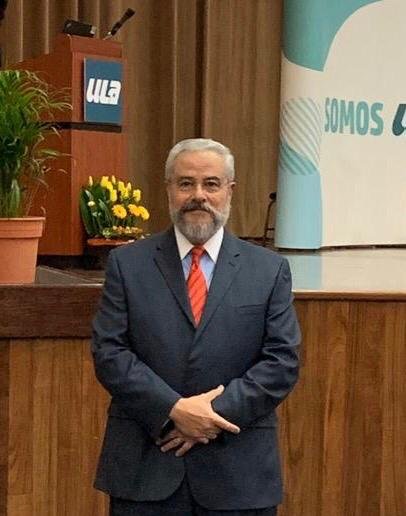Introduction.
Within postmodern thought, constructivism and constructionism have come to influence various disciplines, with family therapy being one of those that has benefited greatly from the diverse points of view and approaches that have been applied. We will go through different concepts and authors on the way in which both disciplines have influenced said family therapy.
Development.
Within the broad panorama of what we can consider postmodern thought, constructivism has come to contribute to the aforementioned family therapy. Within the behavioral sciences, this postmodern thought identifies constructivism with philosophy, biology and psychology and is considered a school of thought that studies the relationship between knowledge and reality from an evolutionary perspective. It postulates that we are not capable of recognizing, describing or copying reality, since we can only build a model that fits it.
Constructivism, which is based, as has been said, on biology (among others), uses the experience acquired to develop hypotheses that guide the future actions of people and organizations. For constructivism, life is a cognitive process.
The “radical wing” of constructivism mentions that people function through cognitive maps that we create internally to create our reality, but that we do not know the “true” reality. The most we can do is have an approximation.
Constructionism, in its case, began to emerge in the eighties of the last century; at first in universities, but then he came to family therapy. We understand it with a close link with philosophy and sociology. Constructionism sought to distance itself from the cognitive and biological bases of psychology, and therefore distance itself from constructivism. Both ways of thinking have different conceptual and pragmatic tendencies.
These days when I am delving into Otto Scharmer’s Theory U, I can affirm that said Theory is a social construction that aims to take us from an ego-system to an eco-system, where precisely we move from the individual focus to the group focus and social. It makes a lot of sense to me when the author mentions that constructionism (at least when he wrote it), was at a starting point. Without a doubt today there are many concepts and theories that have been based on said constructionism.
Something that was very representative for me in reading is when the author talks about Tom Andersen as the creator of the “reflective team”, where he first observes in silence so as not to limit attention and generation of ideas. I strongly associate it with a concept very similar to that of “presence” that Otto Scharmer defines in his book (2017, p.153), where he mentions that it is very similar to perception and how this “presence” is also concentrated in the generation of ideas about the future that wants to emerge.
In order to better understand the convergences and divergences of both concepts (constructivism and constructionism), I went to page 356 of the type 1 article of Scientific Research written by María Eugenia Agudelo and Piedad Estrada (Agudelo and Estrada, 2012), where I confirmed that Common to both concepts is the conception that knowledge is a psychological and social process through which we construct reality. Additionally, the differences are based mainly on the way in which said reality is constructed. That is, for constructivists it is done from an individual perspective linked to perceptions, experiences and mental structure; while for constructionists, reality is constructed from a point of view that is created with the exchange of individuals who share the same cultural context. The authors clarify the above with the comment of Lynn Hoffman (Hoffman, 1999, p. 26-27) who states that “constructivism and constructionism constitute two versions of the postmodern idea that reality is constructed. The first deals with the way in which representations of the world are cognitively developed and the second refers to the networks of meaning that circulate socially in language.
Conclusion
Constructionism places greater emphasis on social relationships and the role that language plays in the social construction of reality, emphasizing the meaning of the discourse with which we communicate. Both constructivism and constructionism propose construction as a way to achieve knowledge. They differ in that constructivism gives space to personal and free individual thought, while constructionism refers to the cooperative thinking of social groups making use of the metaphors that people use within the narrative that distinguishes us from the rest of creation. .
Related readings:
- Agudelo, ME and Estrada, P. (2012). Constructivism and social constructionism: some common points and some divergences of these theoretical currents. Prospective , 17, 353-378.
- Hoffman, Lynn (1999). Commentary on the article: the design of constructive therapies in community mental health, in: Family Systems , Buenos Aires, No 15, 1999, pp. 26-27.
- Scharmer, O. (2017). Theory U. Editorial Eleftheria, SL Sitges, Barcelona, Spain.




